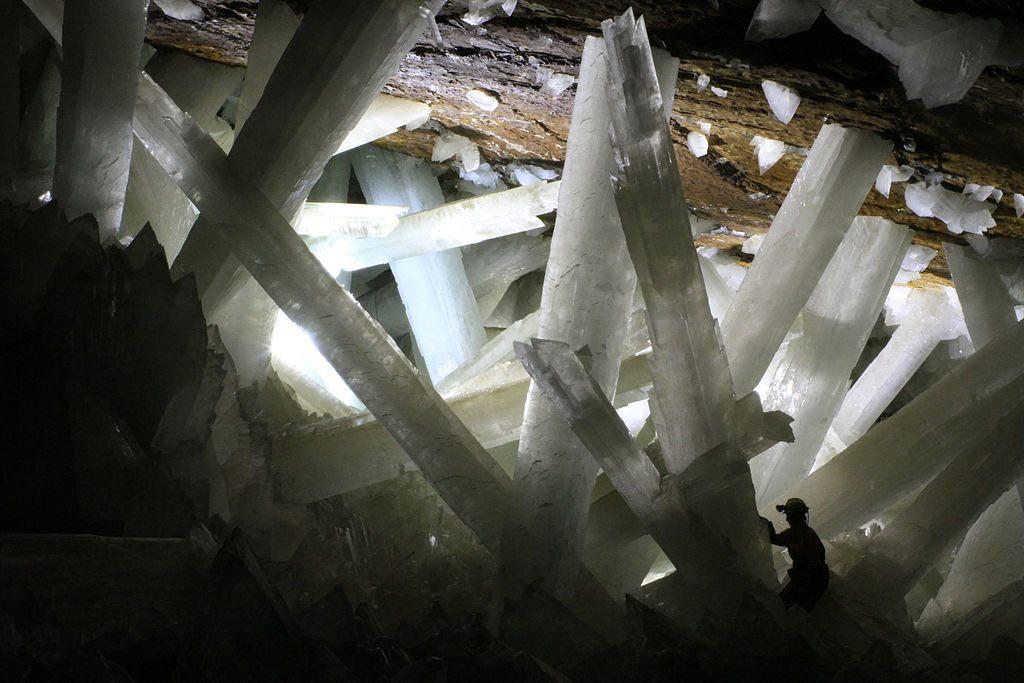Found: 50,000-Year-Old Microbes Hiding in the Cave of the Crystals
They are a kind of “super life.”

In Naica, Mexico, there’s a fantastic cave filled with giant crystals. First discovered by miners looking for silver and other valuable minerals, the cave is hot, anywhere for 104 to 140ºF, and it is crisscrossed with ancient crystals of gypsum, which can grow as long as 50 feet. It’s been called “both Fairyland and hell,” the Associated Press says. “It is tear-inducingly beautiful down there,” Penelope Boston, the director of NASA’s Astrobiology Institute, told reporters. ”I wrote several poems about it actually.”
Boston, who NASA describes as “a leading astrobiologist and science explorer,” was down in the cave trying to find life. As she announced at the American Association for the Advancement of Science conference, NASA astrobiologists were able to extract and reanimate microbes from inside the cave’s crystals. The microbes may have been living there for anywhere between 10,000 and 50,000 years.
They are a form of “super life,” Boston told reporters. They survive on iron and manganese were first extracted from the crystals in 2008 and 2009, with sterilized drill bits. In order to work in the caves, scientists have to wear special suits to keep their bodies from overheating. Back in the lab, Boston said, researchers were able to reanimate the microbes.
This is a controversial claim: can any life form really survive isolated and in the dark for so long? But Boston and her team believe that these microbes are not the result of contamination, in part because they’re so different from any microbes that had been discovered before. The purpose of this research is to help scientists understand the extreme conditions under which life can thrive and to imagine where we might one day find life somewhere else out in the universe.

















Follow us on Twitter to get the latest on the world's hidden wonders.
Like us on Facebook to get the latest on the world's hidden wonders.
Follow us on Twitter Like us on Facebook